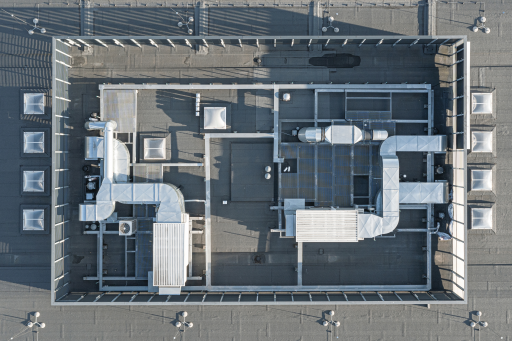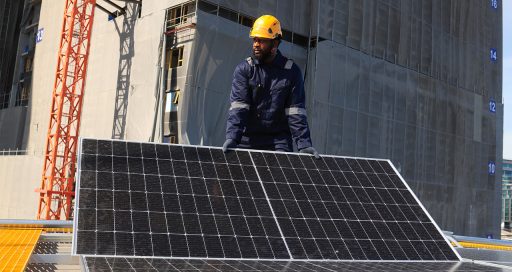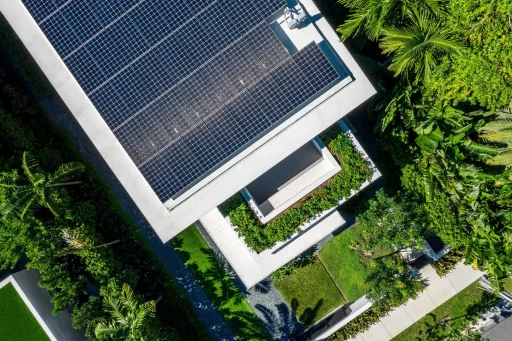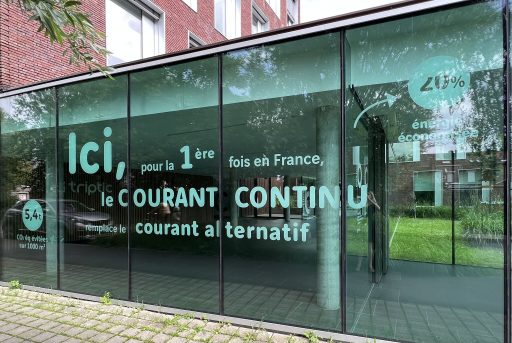VINCI Energies, QuantumBasel and D-Wave have launched a cooperative project to harness the power of quantum computing to optimise heating, ventilation and air conditioning (HVAC) system design for complex buildings.

To provide a comfortable and healthy indoor environment for building users, an HVAC (heating, ventilation and air conditioning) system must be designed to ensure that air flows meet the specific requirements for each room at the lowest possible cost. To do this, multiple factors have to be taken into account. So, how can technological advances help with this?
In a bid to enhance HVAC system design, in 2023, VINCI Energies teamed up with QuantumBasel, the centre of competence for quantum and artificial intelligence based in Basel, Switzerland, and D-Wave, a Canadian firm specialised in quantum computing. Together, they launched a cooperative project to conduct a quantum proof of concept (qPoC).
“The quantum approach represents a paradigm shift,” says Julia Himmelsbach, Team Lead Advanced Analytics & AI at Axians ICT Austria. “This project combines the power of quantum mechanics with classical techniques to revolutionise our approach to computing and problem solving.”
Up to a million variables
In the initial phase of the project, the complex problem posed by the creation of an HVAC system was structured in a “constrained quadratic model” (CQM), which can potentially be resolved using D-Wave’s solvers (software capable of providing a solution to a problem following its transcription into computing terms) via its quantum cloud service, Leap.
“VINCI Energies is fast becoming a quantum technology integrator”
As Julia Himmelsbach explains, hybrid quantum-classical solvers “implement state-of-the-art classical algorithms together with intelligent allocation of the quantum processing unit to parts of the problem where it is most beneficial” and “are designed to accommodate even very large problems, involving up to a million variables.”
Ultra high-performance models
These hybrid solvers are extremely powerful. They are capable of designing solutions with shorter lengths of ductwork and fewer parts such as elbows, more quickly and for a greater range of HVAC systems, and therefore have huge potential for application across the entire sector.
“Based on the initial results, we decided to explore the qPoC solution’s performance more deeply in our day-to-day activities and to extend the HVAC network design formula to other applications in the same class of problem,” says Julia Himmelsbach. Subsequent stages of the project will focus on technical advances likely to lead to tangible operational benefits, such as reduced calculation times and simplified manual engineering work.
She adds: “Thanks to the continuous development of its innovation ecosystem, VINCI Energies is fast becoming a quantum technology integrator. Practical applications will be identified and rolled out in due course.” This quantum computing project represents a major milestone in the path to a more sustainable future, in which human expertise combines with the power of technology to create ecologically responsible solutions at a reasonable cost.
07/10/2024





